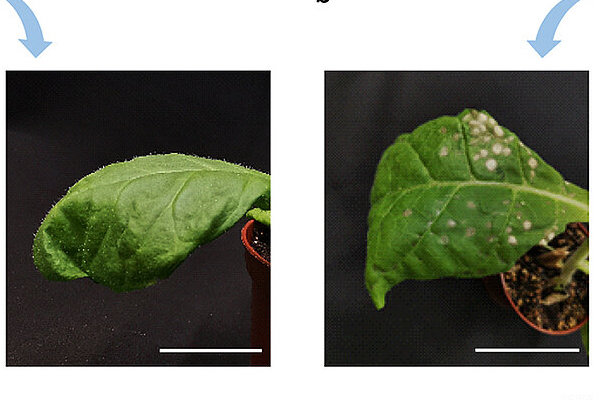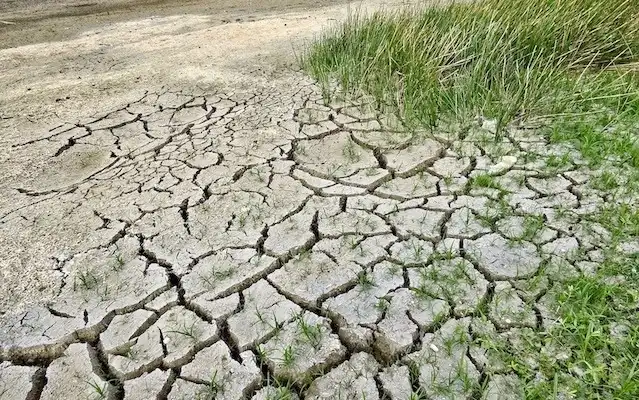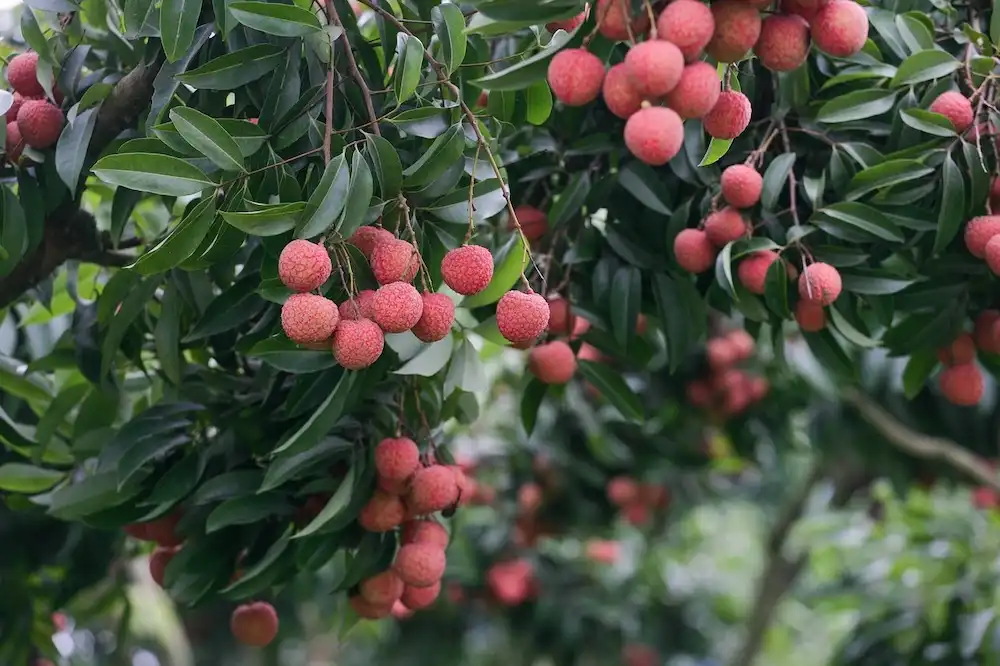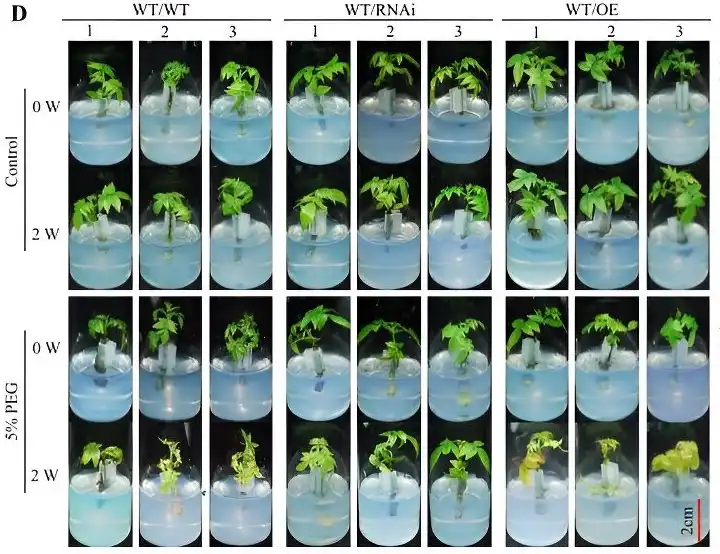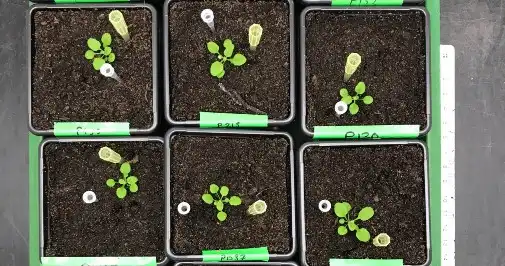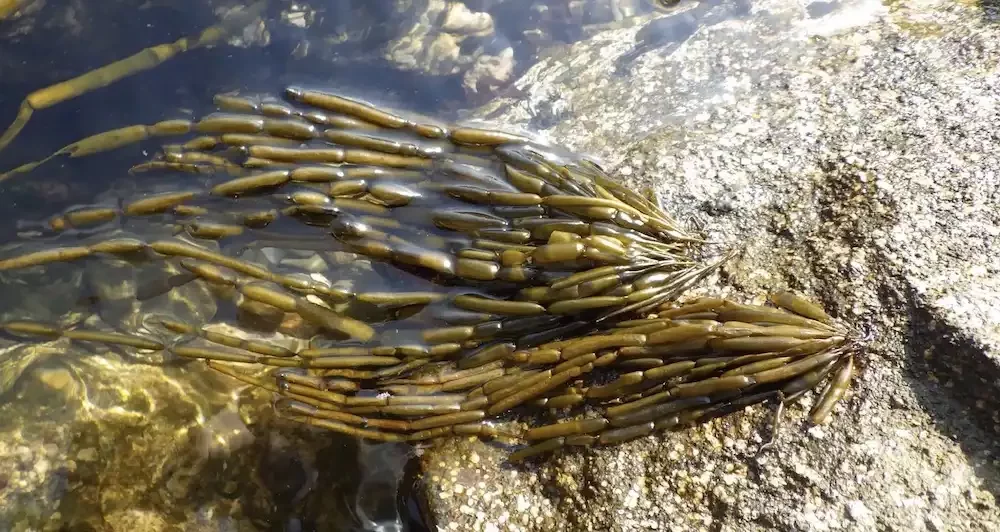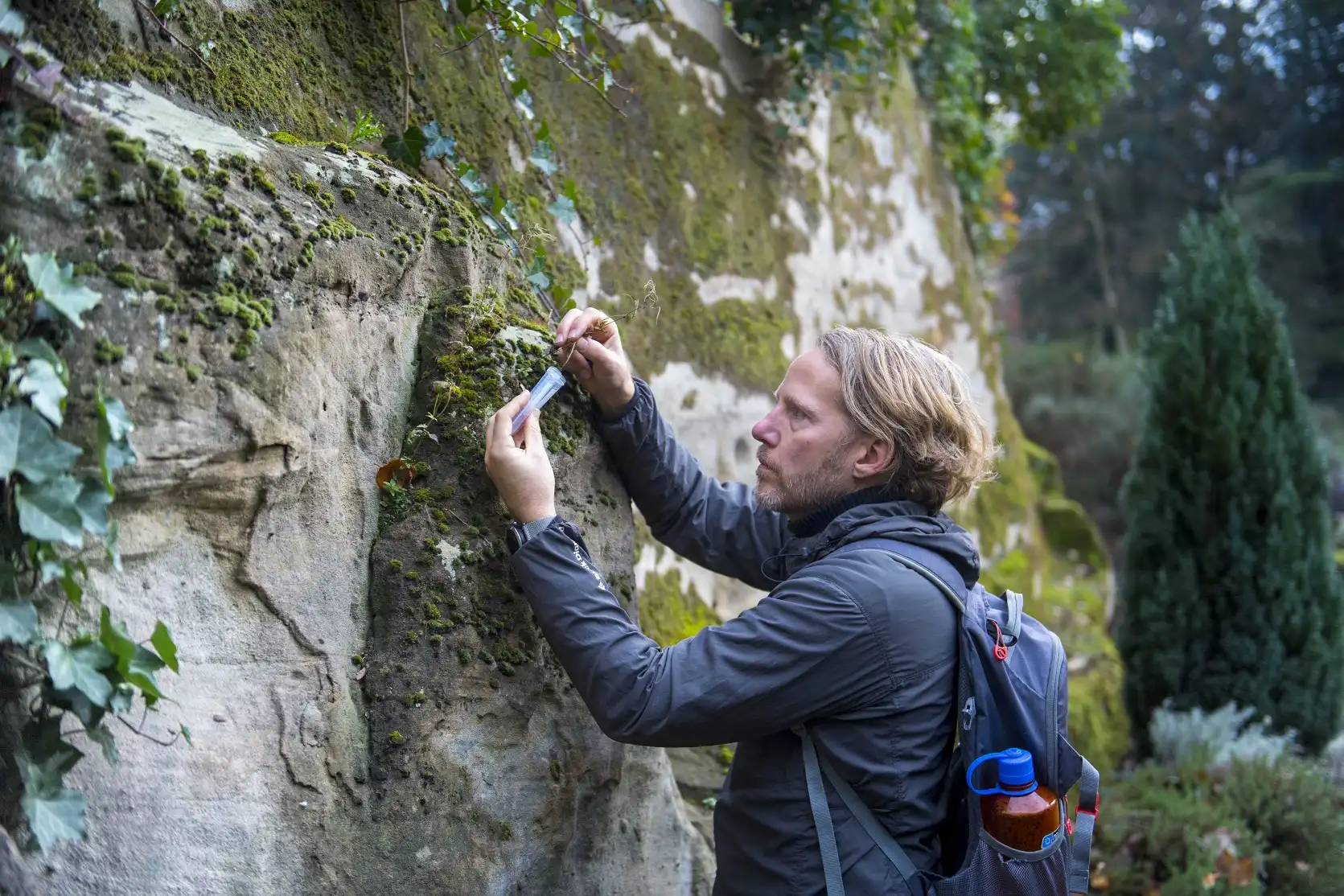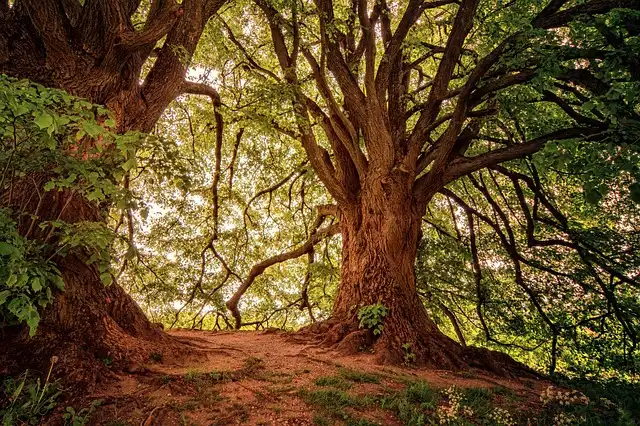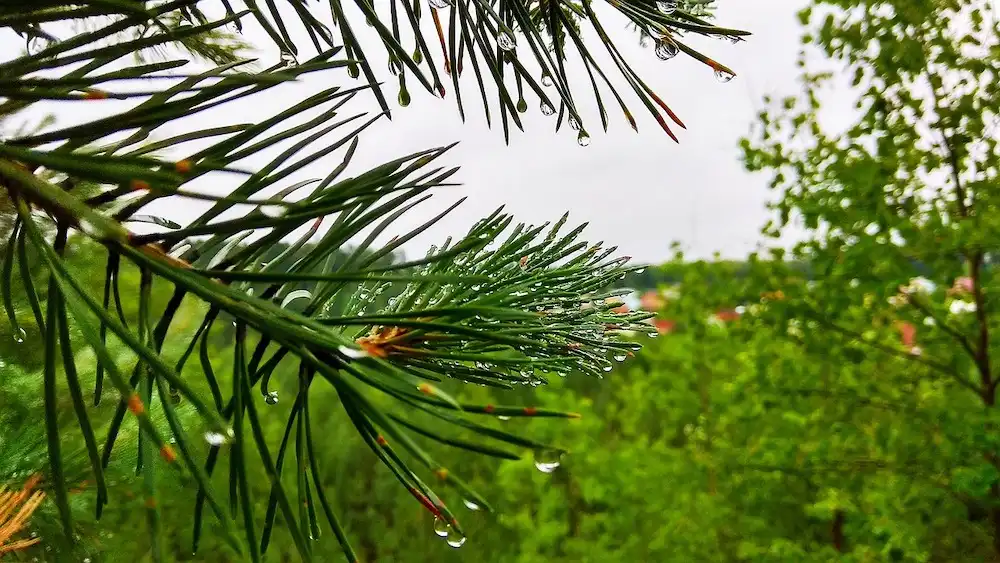
Nanoplastics, absorbed by tree roots, can impair photosynthesis in both spruce and deciduous trees, leading to stress responses. Researchers found nanoplastics reduce photosynthesis efficiency by up to 33% in some species. Though short-term effects showed no impact on growth, the long-term consequences remain unclear.


